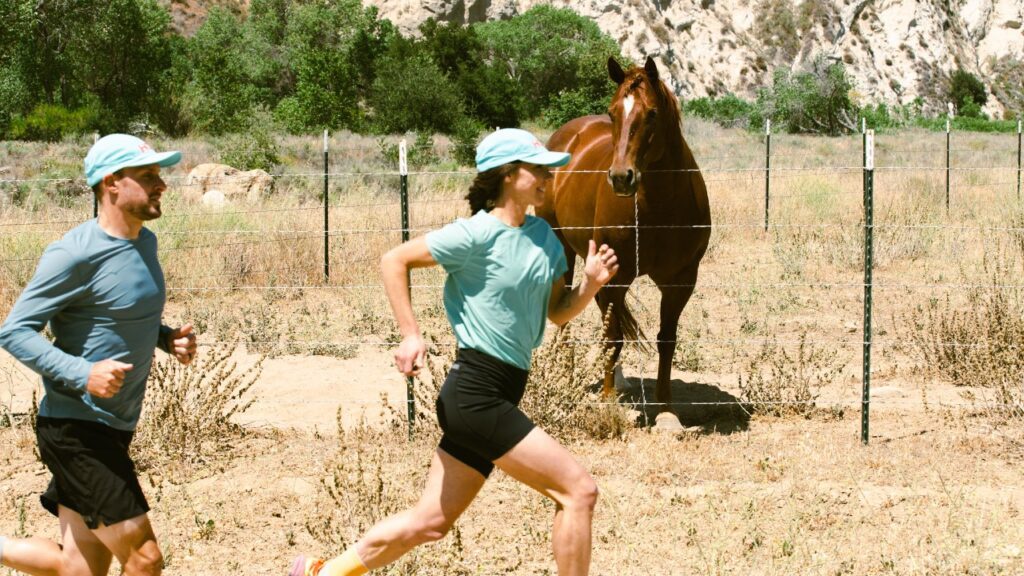The UTMB World Series continues to evolve as it introduces two new long-distance events in November, targeting athletes seeking to test their limits across diverse and challenging terrains. The Ultra-Trail Shudao in Sichuan, China, and the HOKA Pacific Trails California race bring new opportunities for ultra runners to gain qualification points for the prestigious UTMB World Series Finals, which culminate at the Tour du Mont Blanc.
As the event landscape diversifies, trail runners should note the importance of these races in the context of UTMB qualification. With over 80,000 registered runners, China holds a substantial portion of UTMB Index holders globally, making the Ultra-Trail Shudao particularly relevant for those aiming to bolster their qualification status while experiencing a unique cultural landscape. Runners in Sichuan will contend with a variety of distances—100K, 50K, and 20K—traversing a course that emphasizes both physical endurance and navigation through historic terrain. The event will feature sections along ancient pathways integral to the region’s development, presenting not just physical challenges but opportunities for deep engagement with local heritage.
Runners should prepare for the technical demands of this event. The Ultra-Trail Shudao includes steep ridgelines and intricate trails prepared in alignment with international UTMB standards, ensuring that athletes can safely push their limits while enjoying the rugged beauty of the surrounding environment. The course design reflects a commitment to authentic trail experience by integrating significant cultural elements at various checkpoints, which can serve as both markers of progress and sources of motivation.
The HOKA Pacific Trails California race introduces a contrasting yet equally compelling experience nestled in the breathtaking landscapes of the Central Coast. Set within a private ranch, this event may offer some distinct advantages in terms of terrain that is less frequently accessed for competitive events. The varied elevations, dramatic cliffs, and diverse ecosystems will challenge runners’ adaptability and pacing strategies, particularly given the anticipated participation of around 900 athletes. Runners should consider their race strategy carefully, especially in optimizing gear choice for a mix of open pastures and technical mountain trails. The potential for fluctuating weather conditions along with the trail’s rugged terrain adds further complexity, making it crucial for competitors to focus on hydration strategies and nutrition plans best suited to their personal pacing methodologies.
The race directors’ insights into both environments are particularly notable. As athletes prepare for these distinct races, knowing the course can drastically enhance performance. Familiarity with terrain transitions, elevation changes, and critical junctures at aid stations can provide an edge. Event Director Qian Xin emphasizes the necessity for runners to engage not only with the physical demands but also with the historic significance of the trails in Sichuan, which may require a different mindset than the Western events that often prioritize swift transitions and aggressive pacing.
On the gear front, innovation plays a pivotal role in ultra running performance. Runners should evaluate their footwear choices carefully, especially in light of the varied surface conditions and potential for mud in parts of the Ultra-Trail Shudao, contrasted by the rocky, uneven paths of California’s Central Coast. As lightweight materials and improved grip technologies proliferate, making informed decisions about gear can not only impact comfort but also pacing and energy efficiency. The ‘Leave No Trace’ initiative featured in the Ultra-Trail Shudao is another aspect worth considering; runners should reflect on how their gear choices align with responsible race practices while maintaining performance standards.
Athlete insights into adapting strategies for racing in such conditions highlight the significance of pacing decisions over rugged or variable terrain. A nuanced approach to managing energy expenditure—recognizing when to push and when to conserve—will influence race outcomes significantly. With varied courses that celebrate the essence of trail running, these new entries in the UTMB World Series encourage participants to leverage both their physical training and mental resilience.
Finally, as more races incorporate cultural and historical dimensions into their design, athletes must be prepared to adapt their racing mindset to not only compete but also to connect. This adds another layer of complexity; understanding the terrain’s significance can shift an athlete’s approach from purely competitive to a more holistic experience. Training should therefore not only focus on physical capacity but also on preparing mentally for the multifaceted environments they are to encounter.
In conclusion, as the UTMB World Series expands its reach, seasoned athletes have the opportunity to enhance their racing strategies through meticulous course preparation, deliberate gear selection, and nuanced racing techniques. A realistic takeaway for ultra runners gearing up for these new races is that preparation for the physical terrain must be matched by a mental strategy that honors the history and culture deeply rooted in the landscapes they will traverse. In doing so, they become not just participants in a race, but engaged stewards of the trail running community and its heritage.
